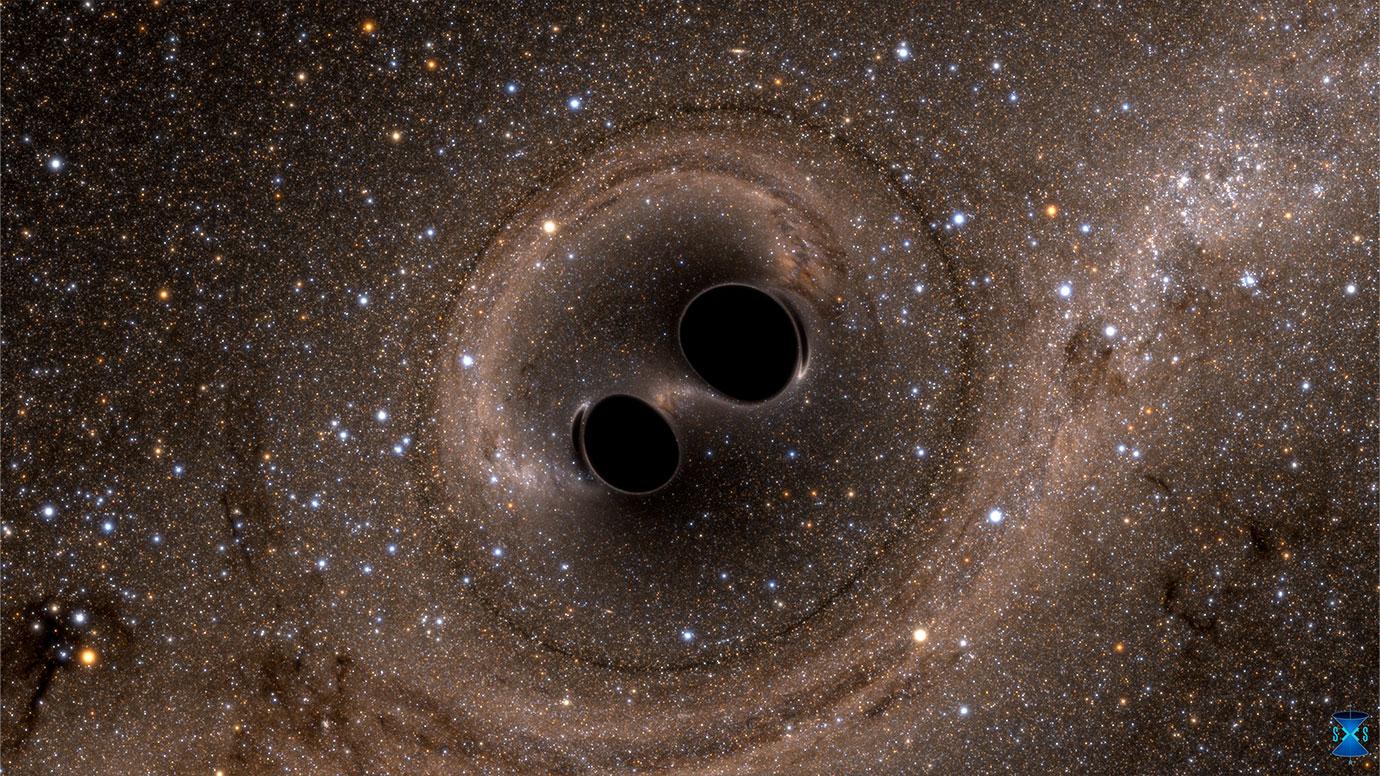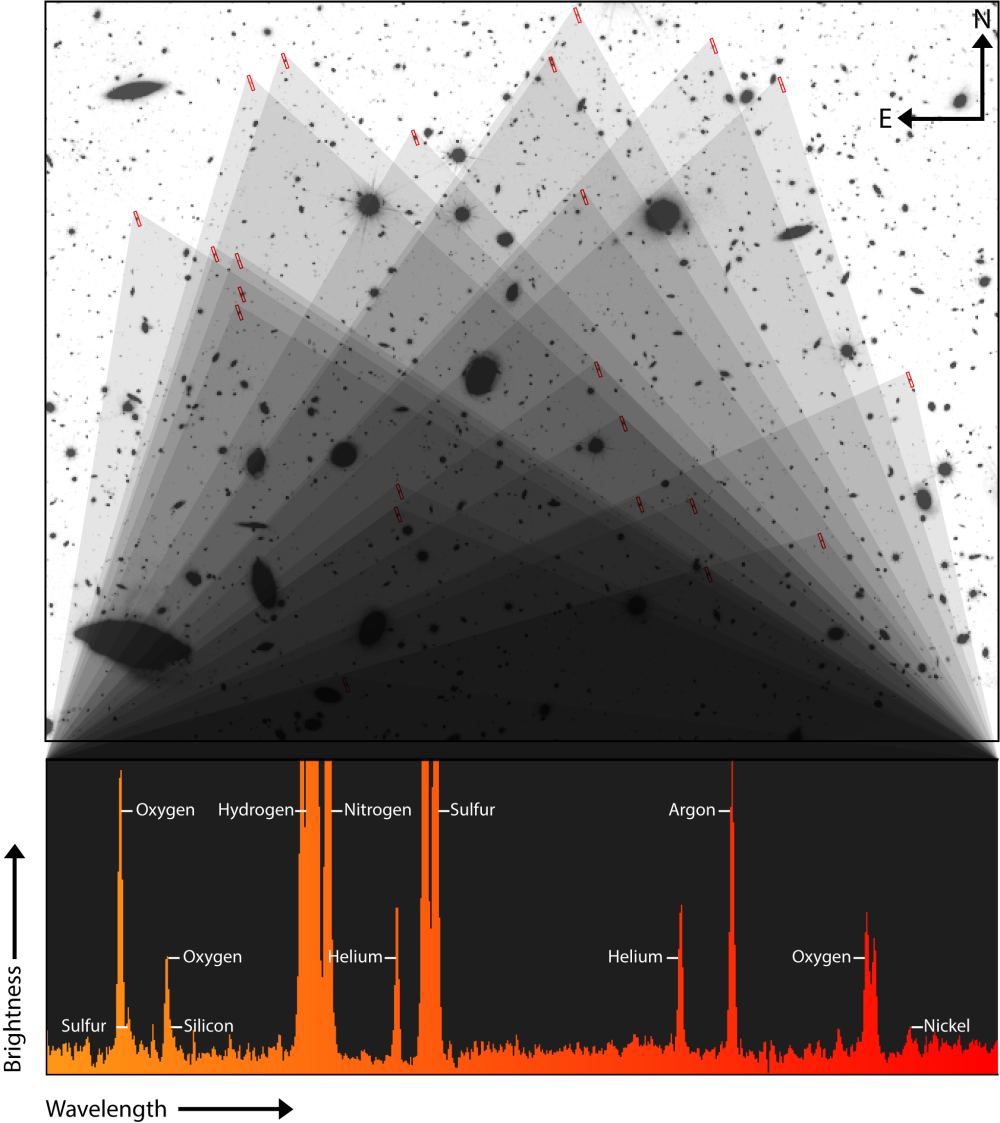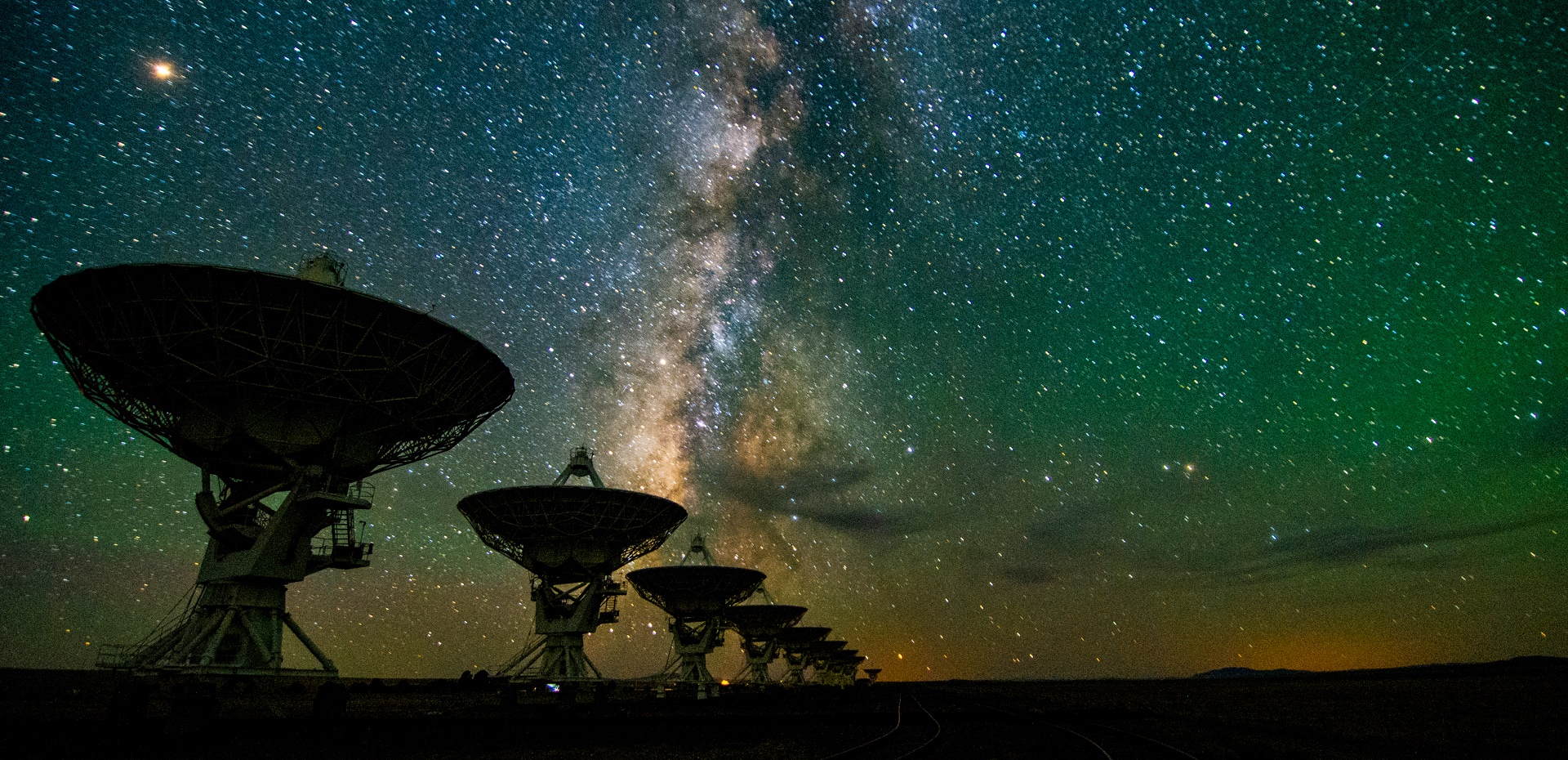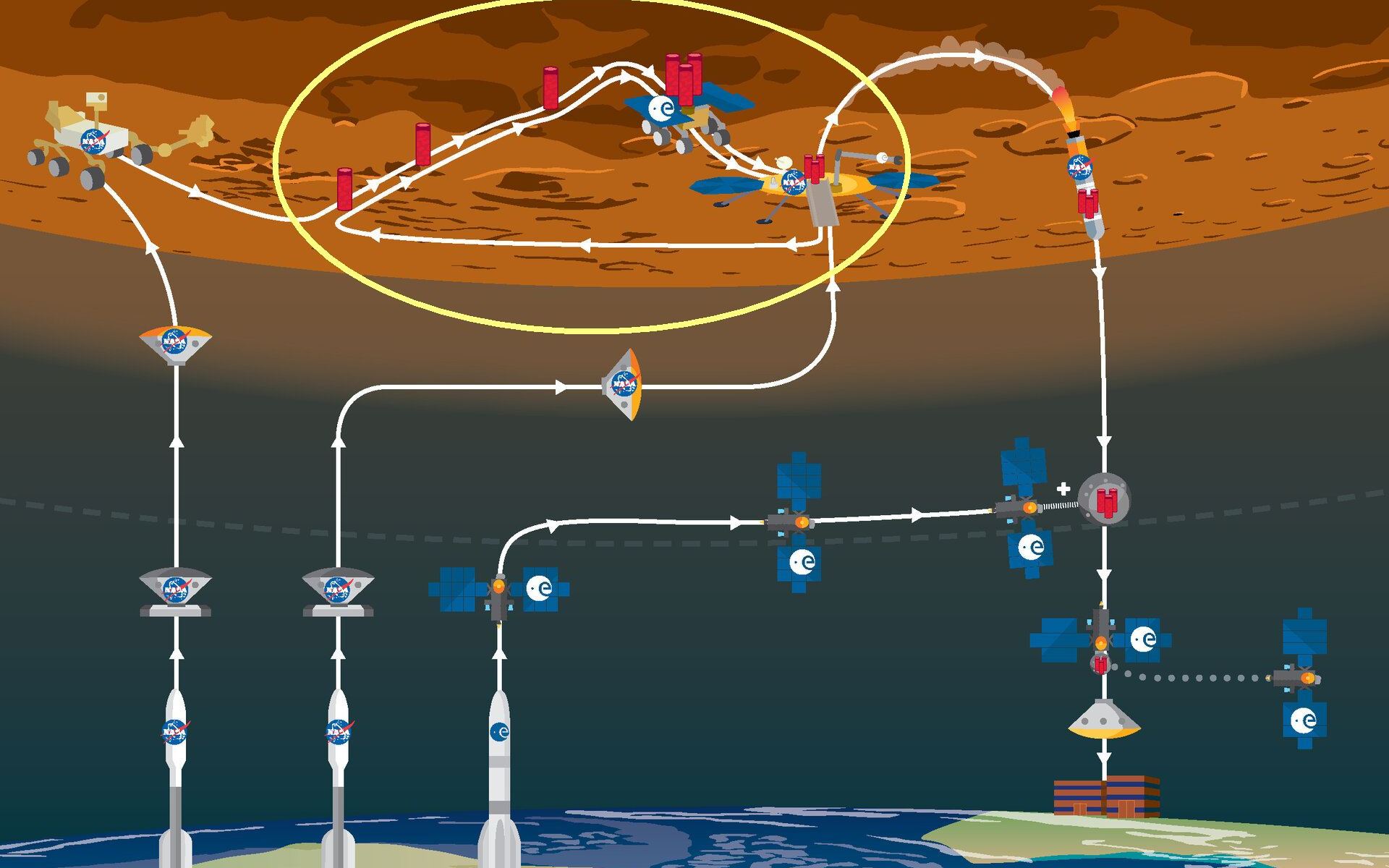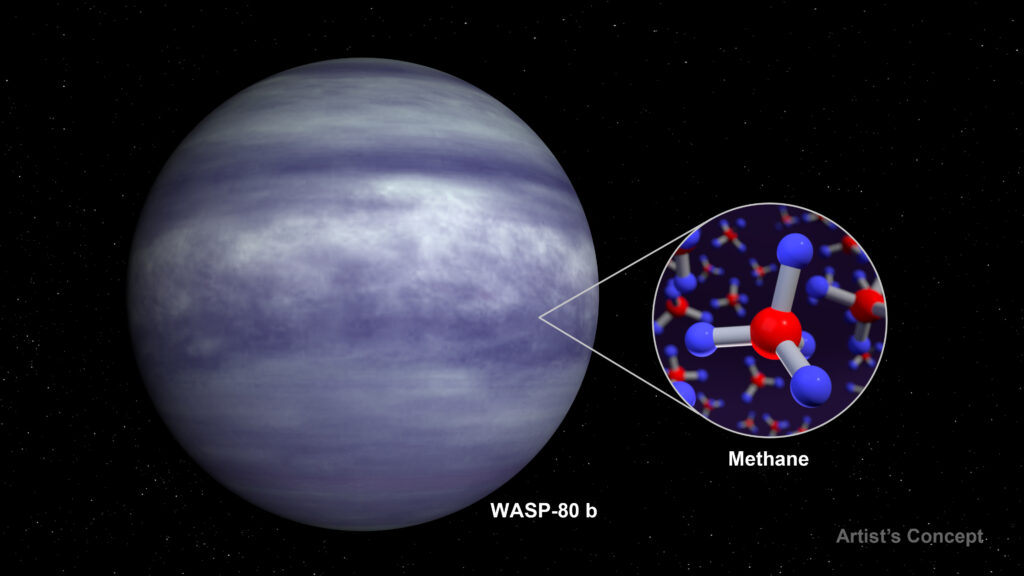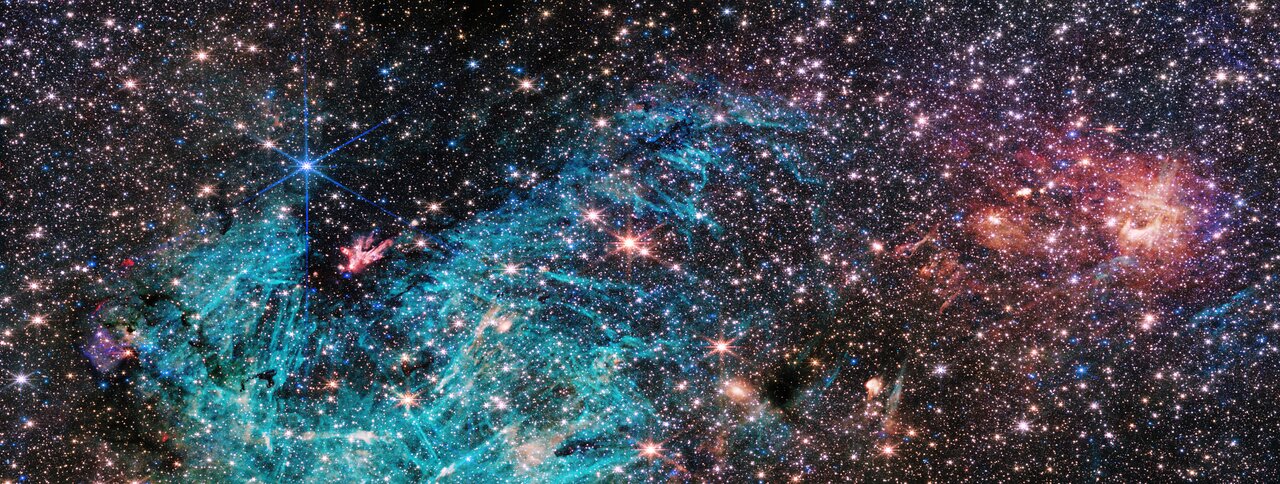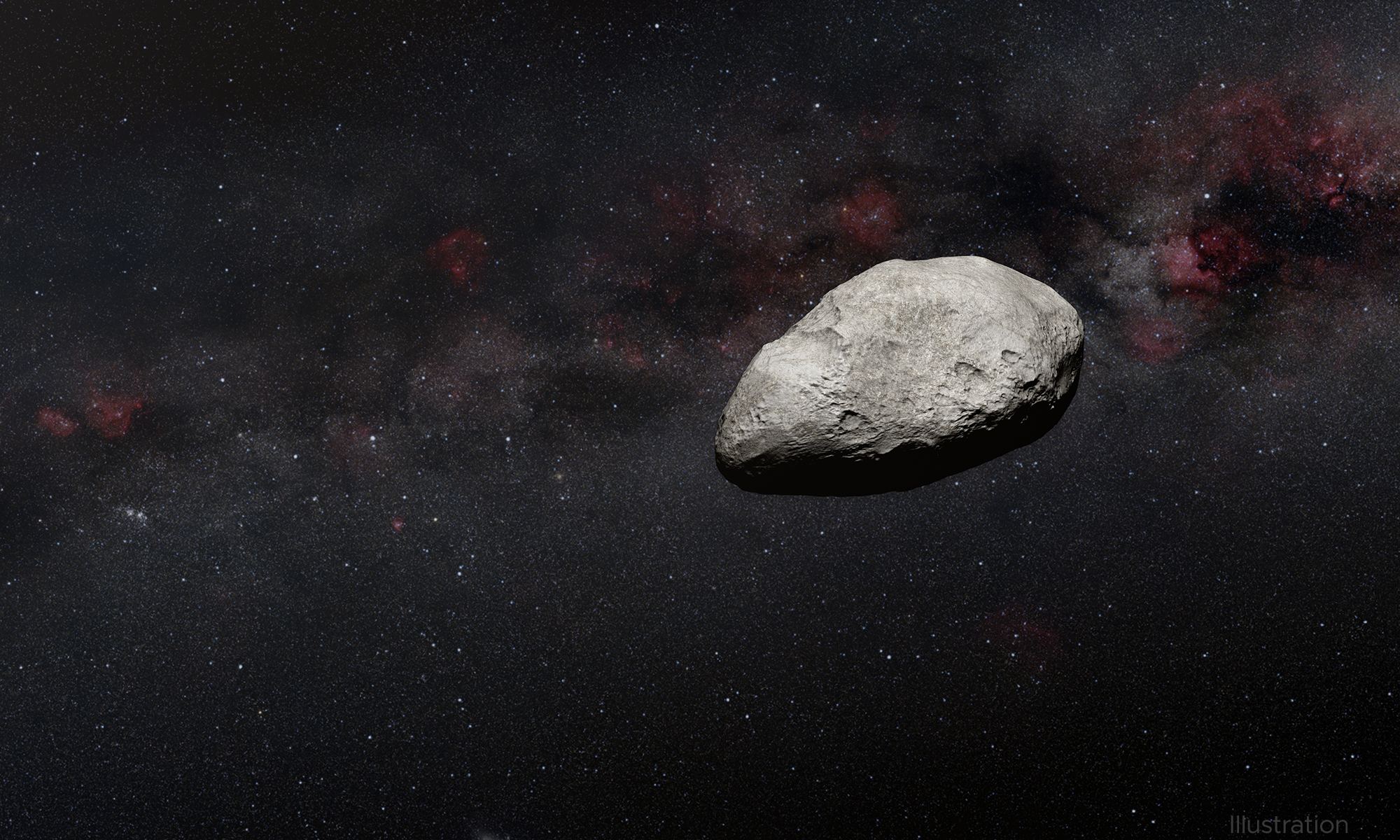Some stars are stuck in bad binary relationships. A massive primary star feeds on its smaller companion, sucking gas from the companion and adding it to its own mass while diminishing its unfortunate partner. These vampire stars are called Be stars, and up until now, astronomers thought they existed in binary relationships.
But new research shows that these stars are only able to feed on their diminutive neighbour because of a third star present in the system.
Continue reading “Vampire Stars Get Help from a Third Star to Feed”


